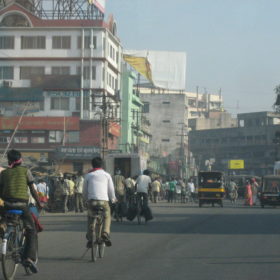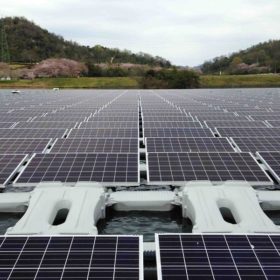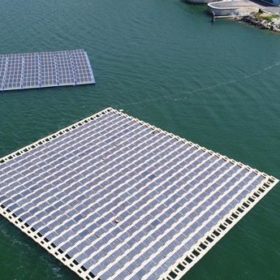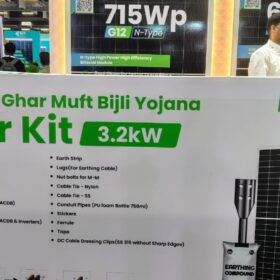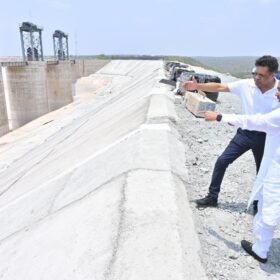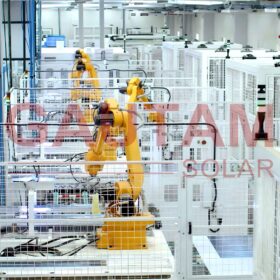Jharkhand reissues 2 MW canal solar tender after six-month interval
The state is lagging woefully in the transition to renewable energy with just 38 MW of solar generation capacity towards its 2020 target of 2.65 GW.
The long read: Floating PV to rise to GW scale in India
Tenders have begun to drive next-generation solar and storage applications in India. And as developers, administrators and asset owners become more familiar with the technology, the advantages of PV on water and in battery storage are driving the emergence of a pipeline of projects. Surbhi Singhvi, manager of consulting for Bridge to India, discusses the outlook and challenges for both applications.
PV on water, water usage in focus
Floating PV arrays have the advantage of bypassing lengthy and costly land acquisition processes for developing megawatt-scale solar projects in India. When combined with the additional output from cooler modules and system-level advantages when located on hydro dams, the upside is significant. But durability of modules-on-water is of concern, and one about which there is little awarenesss, says Vivek Chaturvedi, regional business director for DSM Advanced Solar.
Uttar Pradesh cabinet clears 150 MW floating solar plant over Rihand Dam
The plant will attract an investment of Rs 750 crore into the state, with Rs 500 crore coming from ReNew Power to set up 100 MW and Rs 250 crore from Shapoorji Pallonji for the remaining 50 MW.
NTPC opens global bids for 20 MW floating solar project in Uttar Pradesh
The winning developer will be able to use solar modules and cells of any origin for the plant, which will be built in Auraiya district, Uttar Pradesh. Bidding closes on Sept. 5.
